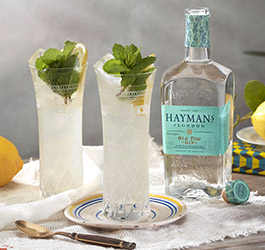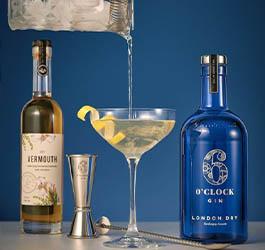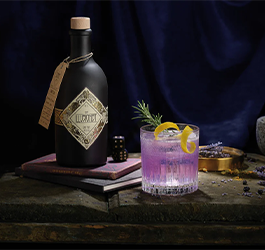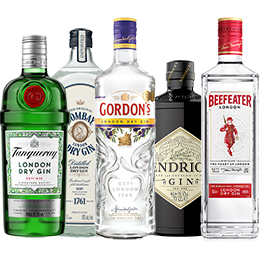There are many different types of gin you may have heard of. Old Tom, London Dry, Plymouth Gin, Western, and Navy Strength. But what do they all mean?
In this blog I will talk about Old Tom Gins. The history behind then, what the definition is, how it got its name – and why we think they should definitely have a place on your gin shelf!
What is an Old Tom Gin?
Unlike some spirits such as Bourbon, or London Dry Gins, there are no strict rules as to what constitutes or can be called an Old Tom gin. However, they are all sweeter than a London Dry Gin, but drier than malt led Jenevers. It is this positioning that often leads Old Tom gins being called the missing link between gin and jenever.
It should be noted that the sweetness level is not as sweet as a liqueur. These are still definitely in the gin family!
The History
The history behind Old Tom gins goes back to 18th Century England. At this time gin consumption was high, but often of lesser quality gins. The distillation was often done in poor quality stills, and there was little or no purification.
To help mask the rough quality of the gin, it was flavoured with the likes of lemon or aniseed and sweetened by flavourings such as liquorice or, as it became more common in the 19th Century, by sugar. The flavourings of lemon and aniseed are still popular today in most gins, whether Old Tom or not.
And the name?
There are several theories regarding the name. One relates to a cat falling into a vat of gin, which lent it a distinct flavour…. And another that it was the name of a distiller Thomas Chamberlain.
The last was that it was a way to escape prohibitive taxes and licensing laws which the English government introduced to try and stop the ‘Gin Craze’ (a period in the first half of the 18th Century where the consumption of gin was very heavy). Certain public houses (pubs) would install a Wooden Sign of a Black Cat (an ‘Old Tom’) outside. There was a slot where a coin could be inserted. Then, a single shot of gin would be poured by a bartender inside through a lead pipe positioned between the cats’ paws into the waiting recipient’s mouth!
Thankfully…. Whilst we love cats, it’s now much simpler to buy your Old Tom Gin from us online at Gin Fling!
However, despite its (heavy) usage over nearly two hundred years, it's popularity began to wane towards the end of the 19th century. So much so that it almost completely disappeared.
Old Toms in Modern Times
As the craze for cocktails grew in the 20th century, it became harder for the true cocktail lover to create some of the classic cocktails. True Old Tom gins couldn’t be found, which resulted in many bartenders simply adding standard gin and sugar, or syrups.
However, seeing a gap in the market, Christopher Hayman (whose grandfather created Beefeater Gin) created Hayman’s Old Tom Gin. This recreation of the Old Tom style of gin was based on an original 18th century recipe. This was but the first of many Old Tom gins to re-enter the market.
Old Tom on your Gin Shelf
We really think that an Old Tom gin deserves its place on your cocktail shelf. Many of the newer, highly flavoured and fruity gins can overpower what a gin is (and there is nothing wrong with that at times!). But a quality Old Tom gin doesn’t hide the fact that it’s still a gin. It just has a different, slightly sweeter edge to it.
There are also a huge range of cocktails that just aren’t right if not made with an Old Tom! The Martinez, Tom Collins, The Casino, The Ampersand, or simply an ‘Old Tom’ Gin & Tonic. Keep an eye out for some of these cocktails on our blog soon.
You’ll definitely be missing out if you don’t meet an Old Tom!
















Comments